Nonprofits aren’t simply organizations with a mission. In many ways, they function as pillars of a community, bringing together people in need with people who want to help and funneling resources toward a worthy cause. The people with those resources are often donors, and their continued support is paramount — both for serving the community and holding together the nonprofit organization itself.
Why donor management is crucial for nonprofits
Donor retention is an area of great concern within the charity sector. A 2018 study by the Fundraising Effectiveness Project found average retention rates to be just 45.5 percent in 2017. Donor management strategies are key to ensuring a continual flow of funds for your organization.
Many do-gooders at heart, especially those in charge of smaller organizations, might feel icky about the idea of “donor management” — but when done right, it can actually make your nonprofit more authentically engaging and of greater service to the world.
What is donor management?
Put simply, donor management involves fostering positive relationships with donors and being intentional about how you interact with them and how you plan to retain them. To do this, your organization must record and track donations and details about who donors are and what they care about.
Understand the donor life cycle and journey
Effective donor management requires an understanding of the donor life cycle, which consists of three phases: acquisition, retention, and upgrade.
Acquisition
The donor acquisition phase refers to all the actions your nonprofit takes to recruit new donors and volunteers. This stage includes all the efforts to advertise and reach out to your target audience. For a successful acquisition phase, consider how you’ll source potential donors, what your budget is for advertising and events, and other ways to share your organization’s message.
Retention
The retention phase of the donor life cycle is when your organization nurtures its relationships with donors. To successfully retain donors, you must engage with them thoughtfully — send out newsletters, host donor events, implement a donor rewards program, and more to foster a healthy donor community and keep them coming back to your organization.
Upgrade
The last stage of the donor life cycle is the upgrade. This final phase refers to when a nonprofit organization takes action to encourage previous donors to upgrade their giving.
This is where the relationship that you’ve built with your donors really comes into play. If you’ve fostered a relationship with your donors based on mutual trust and expectations, your donors might be inclined to extend their loyalty to your nonprofit and give more donations or more of their time volunteering. The upgrade phase leans heavily on the actions you took in the retention phase.
What makes donor management effective
Effective donor management involves a lot of good communication and planning. Besides hosting events, fostering a sense of community, and encouraging donor retention, a great way to be effective in managing your donors is by using a powerful donor management tool to track everything from start to finish.
For example, you could use an all-in-one tool like Jotform to build powerful donation forms and apps, track lead generation efforts, collect e-signatures, generate reports, and more — effectively helping you manage your nonprofit and its donation efforts.
Powerful donor management practices
To ensure your nonprofit successfully manages its donors, follow these best practices.
Set tangible goals
When your nonprofit is planning for the year to come, it’s important to keep your goals in mind. Setting realistic donor goals sets up your nonprofit for success, as goals provide a tangible end point that your whole team can work toward, and even surpass. Be realistic about how many donors you’ll be able to recruit and retain, and plan your quarterly goals accordingly.
Use data to inform your decisions
Take a look at previous reports and data tables to see if you can identify a pattern in your nonprofit’s donor retention rate, fundraising goals, conversion rates, and other important metrics. Perhaps your findings could inform how your organization will structure its next fundraising event or donor acquisition efforts.
Select a donor management tool
Every nonprofit organization needs a way to collect, manage, and share data. If your organization doesn’t already have a management tool, consider all-in-one platforms like Jotform to keep track of important data and lead new donor acquisition and retention efforts.
Interact intentionally with donors
You probably already know how important donors are to your organization. They fund your efforts, drive your mission, and allow you to continue fighting the good fight. So let them know how they’ve helped and how much you value them. Consider sending them monthly newsletters or reports, sharing how their donations helped the nonprofit. Keep an open line of communication and treat your donors with respect.
Create a review cycle
After your year or fundraising cycle is over, take a step back and assess with your team what worked and what didn’t. Set up a meeting to discuss goals and whether they were met, best practices that your team observed or would like to implement in the future, and other pressing matters that might impact your next cycle.
Not only does this promote healthy communication within your organization, but it also helps in coming up with creative and useful solutions for next time.
The importance of data in donor management
Managing donor data
The information you keep about donors will depend on the type of nonprofit you run and your organization’s goals. However, there are some basic details you should always keep about each donor, such as
- Name and contact information
- Records of all donations and event attendance
- Volunteer status
- Personal interactions you and your team have had with them
- What communications they receive from the organization
- Whether or not they respond to or even open emails
With Jotform Apps and our Donation Box element, you can create your own custom donation app — perfect for all your fundraising needs.
To collect donations with your app, just drag and drop the Donation Box element into your app. Add a header and description to your donation box, adjust predefined donation amounts, and include a donation goal bar that tracks progress toward your end goal.
Use Jotform’s helpful tools to manage your donation data effectively. Set up digest emails to help track and manage new donations, generate custom reports to share with others, and use Jotform Tables to keep donor amounts and information neat and tidy.
Jotform also offers form templates and tools designed to collect all of this data, including donation and donor information. You can customize donation receipts to match your nonprofit’s branding and deliver additional calls to action (CTAs).
To effectively use your donor database, organize it. This is where donor segmentation comes in. This strategy for data management categorizes donors into different groups that will help you determine how to best approach them in the future. Examples of different segments include
- Recurring donors
- One-time donors
- Volunteers
- Event attendees who haven’t donated
- Event attendees who have donated
- Large donors
The characteristics that define these segments mean you might need to engage them in different ways. Recurring donors are committed to and interested in your organization or cause — so they’ll benefit most from pertinent updates about the good their donations are doing. Conversely, you’ll need to target one-time donors with communications designed to learn more about them and convert them into recurring donors.
All of this creates a deeper level of engagement with your donors, which makes it less likely they’ll tune out.
Spotting opportunities in your data
Thorough and well-organized data about your donors is only as useful as the way you strategize and take action with it.
Your segments will allow you to personalize communications. For example, one segment might be for donors who made their first donation at a charity event. You can further parse this data by the actual event where they first donated.
This will then allow you to send emails to your database with lines such as, “Ever since you made your first donation at [name of event]…” This level of specificity can go a long way in building relationships and driving deeper engagement. It reminds the donor how they began their relationship with your nonprofit and demonstrates that you care about that relationship.
Donor data and segmentation also provide an opportunity to escalate your CTAs. For example, if you have a segment for recurring donors who always donate $50 every single month as well as during a holiday or other milestone, you can thank them for their specific contribution level and comfortably ask them for a one-time donation of $75 instead for the special occasion.If they’ve expressed interest in volunteering at an event or through one of your surveys, you can also add that CTA to any of your communications with them.
Donor management leads to donor retention
At its core, donor management has nothing to do with finding sneaky marketing strategies to get more money from your base; it’s about keeping track of your donors and communicating with them so you can help them better serve the community.
For whatever reason — whether it was your organization or the cause itself — something inspired each and every one of your donors to provide that first gift. Giving to your nonprofit gave something to them as well, emotional or otherwise.
Donor management is ultimately a way to maximize what your donors are receiving so they feel good about continued giving.




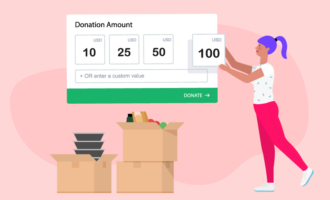
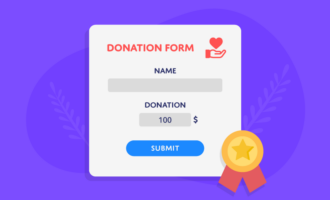


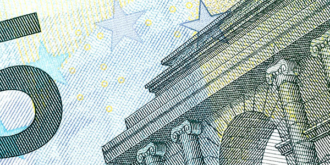

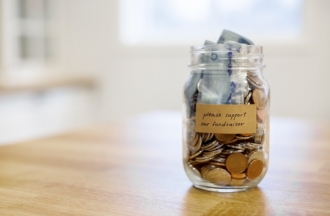

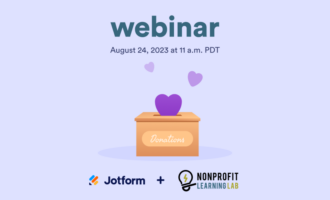







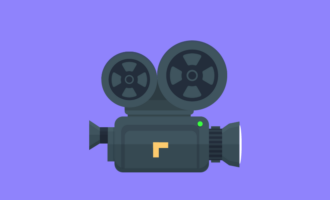

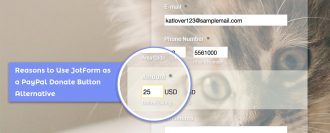

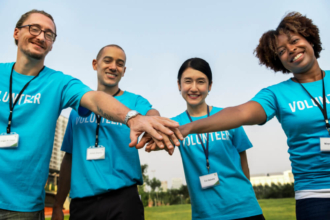
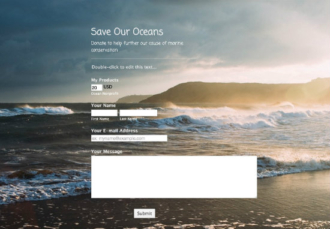



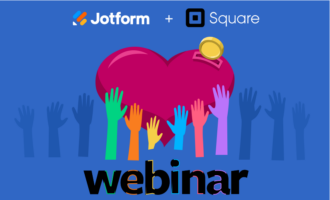


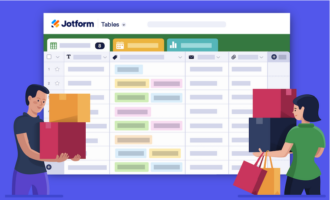











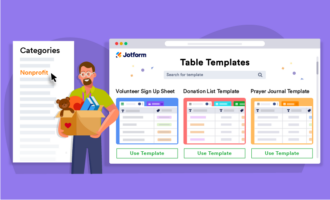
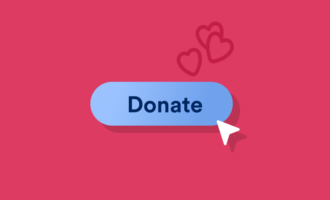


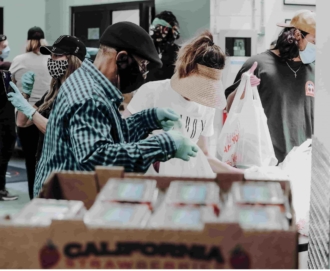

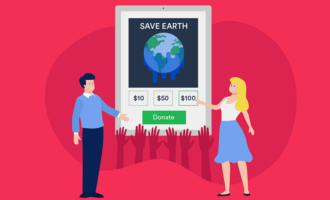


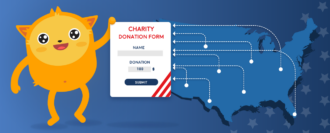

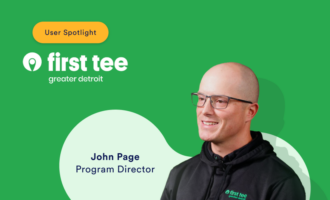




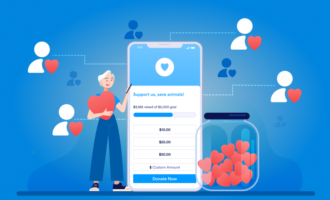
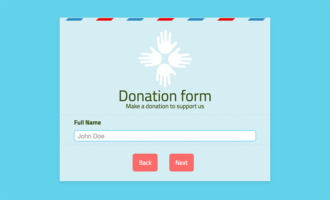

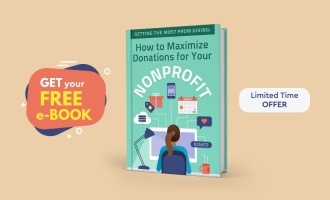
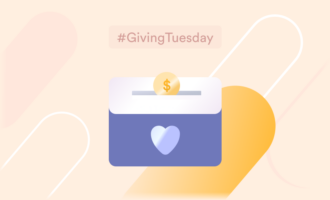

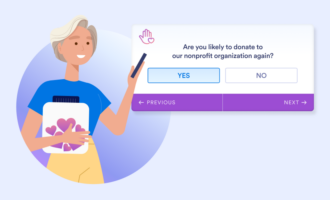



Send Comment:
1 Comments:
More than a year ago
I need your help please so that I can do my course